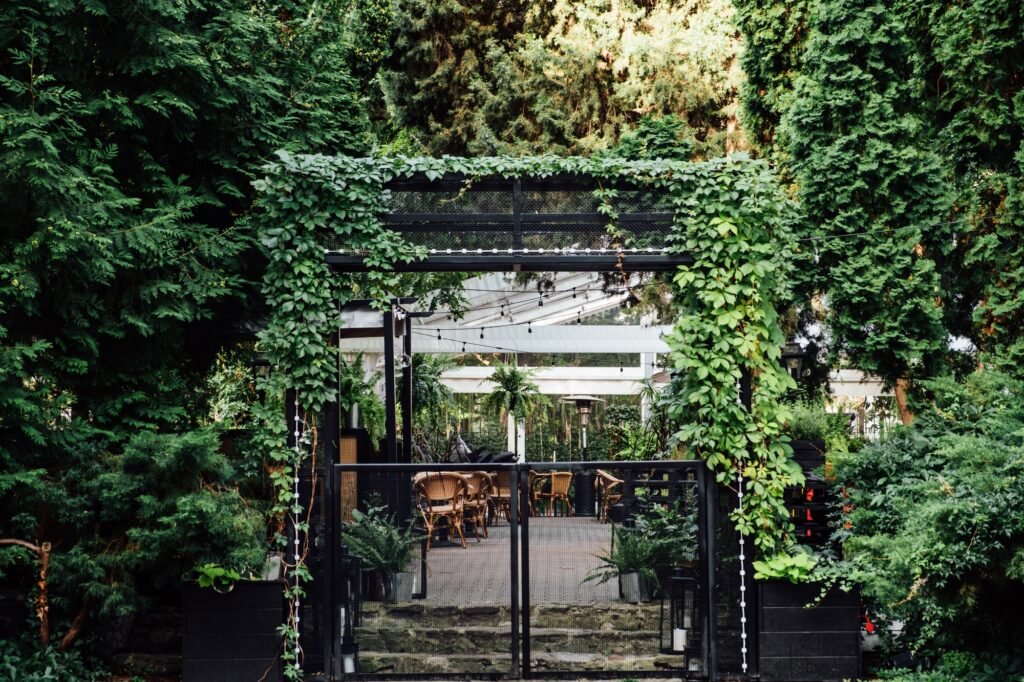Integrating Nature into the Urban Fabric
Biophilic
urban planning is an innovative approach that seeks to embed natural elements into city planning and design, enhancing urban environments by reconnecting people with nature. This concept, rooted in the biophilia hypothesis which suggests humans possess an innate tendency to seek connections with nature, holds the promise of making cities more livable, sustainable, and healthy. Here’s a comprehensive look at how biophilic urban planning works, its benefits, and practical implementations:
Understanding Biophilic Urban Planning
Biophilic urban planning involves:
- Incorporating Natural Elements: This includes trees, plants, water features, natural light, and views of nature within urban landscapes.
- Designing for Biodiversity: Planning urban spaces to support diverse ecosystems, including habitats for wildlife.
- Promoting Human-Nature Interaction: Creating spaces where urban dwellers can interact with nature daily, not just in parks but through integrated design elements in buildings, streets, and public spaces.
Key Benefits of Biophilic Urban Planning
-
Environmental Sustainability:
- Carbon Sequestration: Trees and green spaces act as carbon sinks, helping mitigate climate change.
- Water Management: Natural landscapes can help manage stormwater, reduce urban runoff, and clean water through natural processes.
Health and Well-being:
- Mental Health: Access to nature reduces stress, anxiety, and depression, enhancing overall mental health.
- Physical Health: Encourages outdoor activities, improving physical fitness, and reducing chronic diseases associated with sedentary lifestyles.
Social Cohesion:
- Community Building: Green spaces serve as communal areas that foster social interactions, community events, and cultural activities.
- Safety and Security: Well-lit, open, and naturally surveilled green spaces can enhance the feeling of safety in urban areas.
Economic Advantages:
- Property Values: Green buildings and areas with ample nature can increase property values and attract businesses.
- Tourism and Leisure: Cities with strong biophilic elements can become more attractive tourist destinations.
Urban Resilience:
- Heat Island Mitigation: Green infrastructure reduces urban heat islands, making cities more livable during hot weather.
- Biodiversity Protection: Supporting urban wildlife can help preserve species in rapidly urbanizing areas.
Implementation Strategies
- Green Roofs and Walls: Transform rooftops and building facades into green spaces that add insulation, reduce energy costs, and provide habitats.
- Street Trees and Urban Forests: Planting trees along streets and creating urban forests or pocket parks to cool urban areas and improve air quality.
- Water Features: Integrating streams, ponds, or fountains to enhance aesthetic appeal, reduce noise pollution, and provide cooling effects.
- Public Spaces Design: Designing parks, squares, and plazas with natural elements, ensuring they are accessible and integrated into the daily life of residents.
- Vertical and Horizontal Gardens: Using vertical space for gardens in high-density areas and horizontal gardens in public spaces.
- Nature Trails and Corridors: Establishing corridors for wildlife and pathways for people to experience nature within the city.
- Regulations and Incentives: Implementing policies that encourage or mandate biophilic design in new developments or renovations, offering incentives for green building practices.
Challenges and Considerations
- Space Constraints: In densely populated cities, space for natural elements can be limited, requiring innovative design solutions.
- Maintenance: Green infrastructure requires ongoing care, which can be costly or logistically challenging.
- Urban-Wildlife Balance: Managing the interaction between urban dwellers and wildlife to prevent conflicts.
- Equity: Ensuring that biophilic benefits are accessible to all socio-economic groups to avoid green gentrification.
Conclusion
Biophilic urban planning isn’t just about beautifying cities; it’s about creating environments where nature and urban life are not just coexisting but thriving together. As cities continue to grow, integrating biophilic principles will be crucial for sustainability, health, and quality of life. By thoughtfully planning urban spaces with nature in mind, we can transform our urban jungles into places that nurture both the soul and the environment.
Resources
- Beatley, T. (2011). Biophilic cities: Integrating nature into urban design and planning. Island Press.
- Beatley, T. (2011). Biophilic Urban Design and Planning. In Biophilic Cities. Island Press, Washington, DC. DOI: https://link.springer.com/chapter/10.5822/978-1-59726-986-5_4
- Kellert, S. R., Heerwagen, J. H., & Mador, M. L. (Eds.). (2008). Biophilic design: The theory, science, and practice of bringing buildings to life. Wiley.
- Salingaros, N. A. (2019). The Biophilic Index Predicts Healing Effects of the Built Environment. Journal of Biourbanism.
- Tabb, P. J. (2020). Biophilic Urbanism: Designing Resilient Communities for the Future. Routledge.






